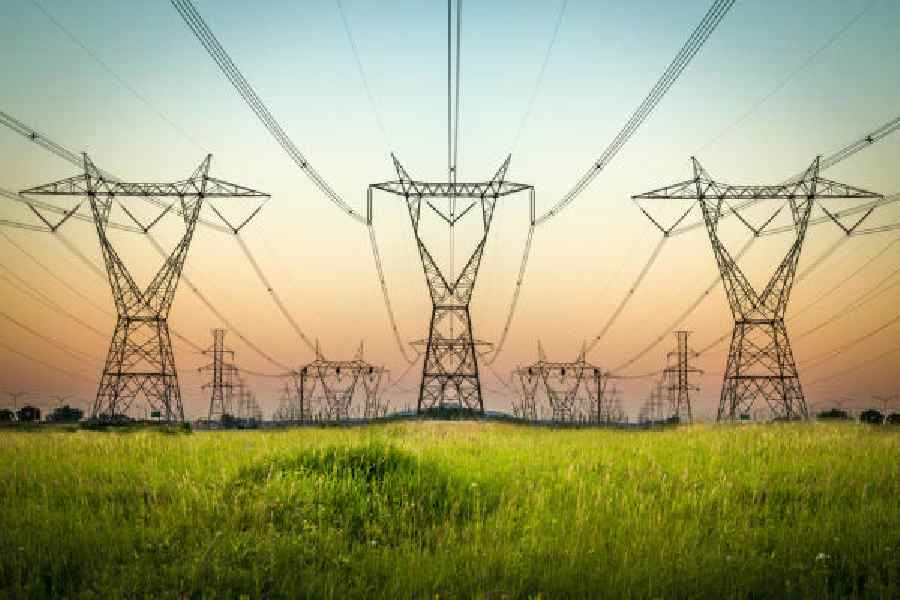With power shortage feared during the polls, the Centre has directed domestic power generators to continue blending 6 per cent of imported coal till June.
Power demand during summer is estimated to surge 7 per cent to 260 gigawatts (gw), an all-time high.
Besides, a drop in reservoir level will impact hydel power generation in summer.
The reservoir level is 17 per cent lower at 73.29 billion cubic metres (bcm), as per the latest data of March 7 from the Central Water Commission (CWC).
The levels are also nearly 3.6 percentage points below the 10-year average of 76.06 bcm due to last year's late monsoon, scanty winter rains and a lack of snowfall.
The Modi government has started firefighting measures so that the shortage does not affect BJP's bid for a third term in power.
In a direction issued to generating companies, the power ministry said peak demand is likely to increase during the summer season — April to June 2024 — as it asked all thermal power plants to continue blending imported coal because of supply issues and rising demand for electricity
In October, the ministry extended the blending rule till March, while increasing the blending proportion to 6 per cent from 4 per cent.
The ministry also observed supplies will remain constrained because of various logistics issues associated with the railway network despite the higher loading of coal in wagons.
It pointed out that to meet the demand in the crucial summer months and ensure uninterrupted supply, adequate reserves in domestic coal-based plants (DCB) should be maintained by all central/state gencos and IPPs (independent power producers).
Data showed peak power demand during the summer of 2023 touched 243GW against a projection of 229GW.
The ministry estimated the country's electricity demand to touch 229GW during the summer of 2023, but it did not reach the projected level in April-July due to unseasonal rainfall.
Peak supply, however, touched a new high of 224.1GW in June before dropping to 209.03GW in July.
Peak demand touched 238.82GW in August 2023, while it was 243.27GW in September.
Power consumption was affected in March, April, May and June last year because of widespread rainfall.
Consumption grew in August, September and October, mainly due to humid weather conditions and a pick-up in industrial activities ahead of the festive season.
Adding to worries, the India Meteorological Department (IMD) said India is likely to experience a warmer start to the summer season this year, with El Nino conditions predicted to continue through the season.
“Based on IMD guidance for the upcoming summer months, normal to above normal temperatures are expected over most parts of the country during March-May 2024," said Miren Lodha, director-research, Crisil Market Intelligence and Analytics.
"This will be a key monitorable as it could lead to a surge in power demand from cooling equipment along with irrigation, coupled with higher water consumption needs, eating into hydro generation resources where water sources are common. In the event of a similar monsoon as fiscal 2024, water levels in different regional pockets may also be monitorable," he said.
India has hydropower capacity of 46.92GW, which is 11 per cent of the total capacity of 429.96GW. Despite this small share, it has an outsized role in keeping the grid stable, since its generation can be regulated when required, unlike other renewable energy sources.











